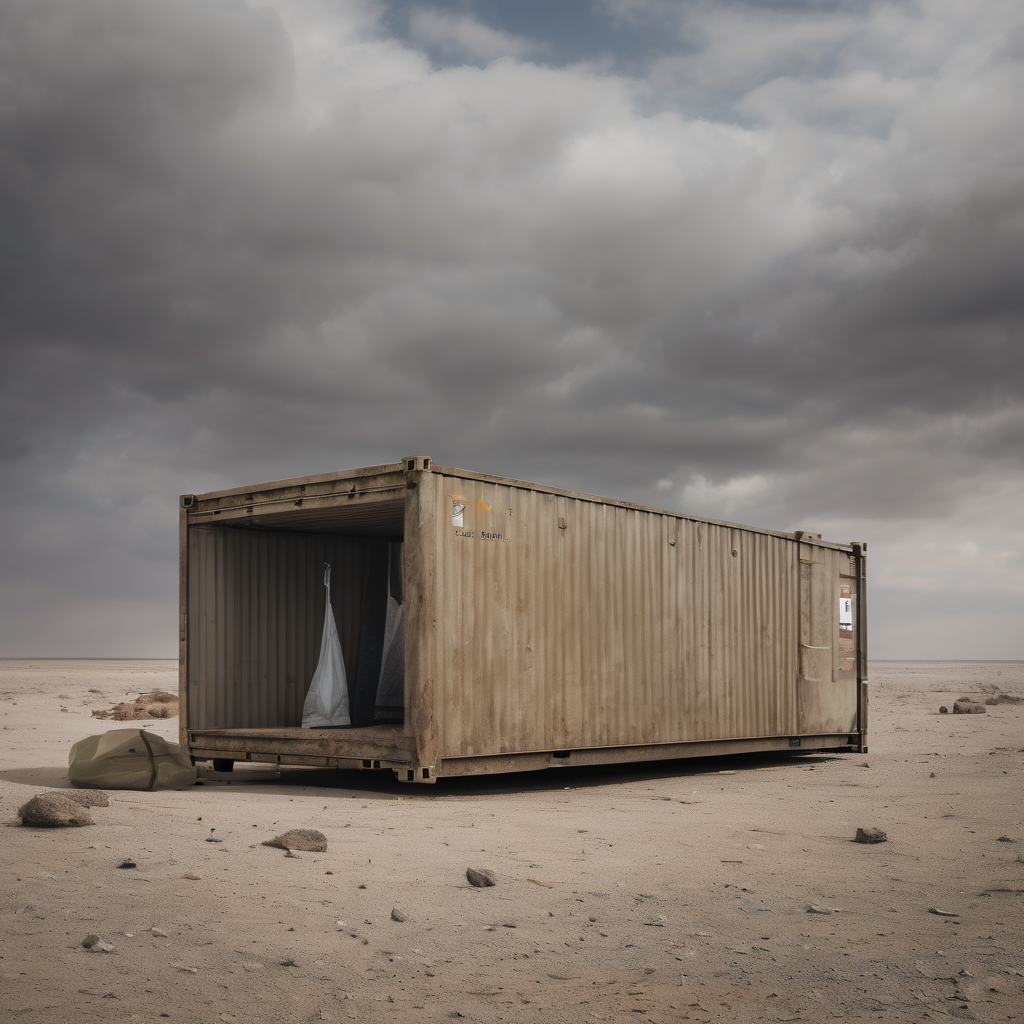Humanitarian organizations are raising serious concerns about the insufficient flow of aid to Gaza nearly a month after a ceasefire was established. As winter approaches and hunger remains rampant, the need for assistance is more urgent than ever. Although the truce was meant to facilitate the delivery of essential supplies, reports indicate that only about 50% of the necessary food is actually reaching the 2.3 million residents of Gaza, many of whom have lost their homes due to ongoing conflicts.
The World Food Programme has highlighted that the volume of aid being distributed is well below the required levels. A coalition of Palestinian agencies reported that current aid amounts to only 25% to 33% of what is needed. While Israel asserts that it is fulfilling ceasefire commitments by allowing an average of 600 trucks to enter Gaza each day, local authorities contend that the actual deliveries are closer to 145 trucks per day.
The plight of residents, such as Manal Salem from Khan Younis, illustrates the dire situation, as she describes living in a tent with no access to adequate shelter, water, food, or funds as winter approaches. The United Nations Office for the Coordination of Humanitarian Affairs (OCHA) has indicated some improvements, noting that 50% of families have reported better access to food, particularly in southern Gaza, where distribution efforts have seen marginal success.
Despite these slight improvements, malnutrition remains a grave concern, with approximately 10% of children in Gaza classified as acutely malnourished, a slight decline from previous assessments. The arrival of 20,000 metric tons of food aid since the ceasefire still leaves significant gaps, covering only half of the population’s nutritional needs and resulting in a chronic lack of diverse foods vital to health. Many households are left relying primarily on cereals and dry food.
Abeer Etefa, spokesperson for the World Food Programme, underscored the urgency of the situation, citing pressing needs for both food and fuel. The scarcity of cooking gas has forced over 60% of Gazans to resort to cooking with waste, posing serious health risks. As temperatures drop, the necessity for proper shelter intensifies, with many tents showing significant signs of wear and instability.
International efforts to enhance access to humanitarian aid are ongoing, acknowledging the resilience of the Gazan people amidst these overwhelming challenges. Continuous dialogue and advocacy for the safe delivery of assistance could lead to improvements and potentially offer relief to those suffering as winter sets in. The hope for a better situation remains strong as the global community continues to rally for the safe delivery of essential supplies to vulnerable populations.
